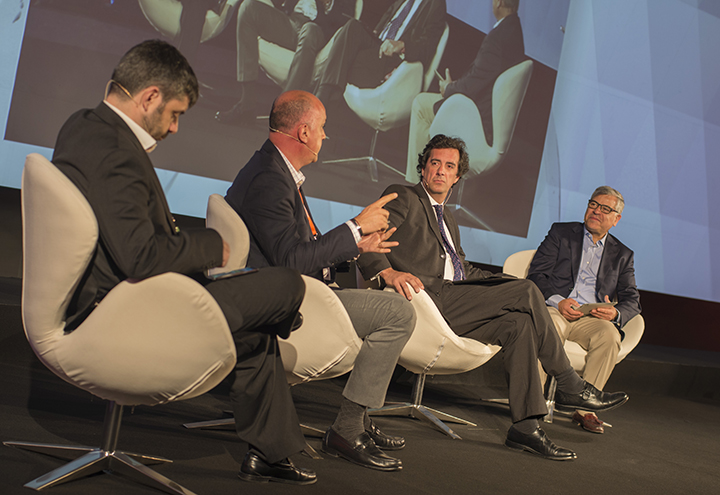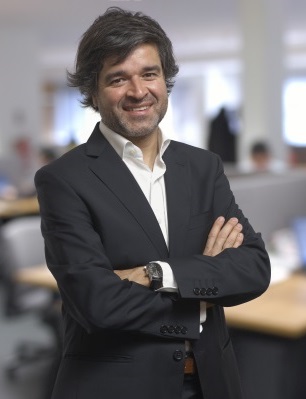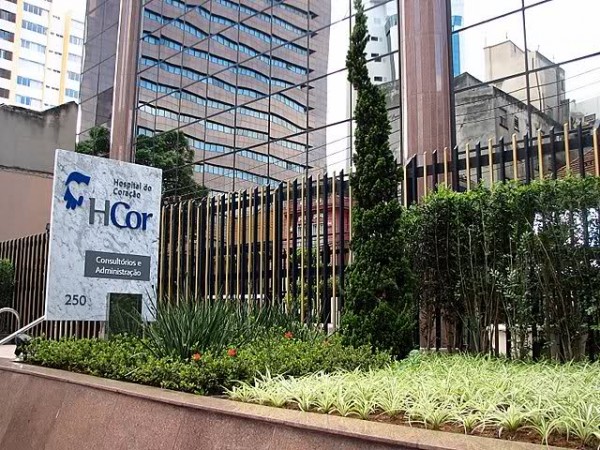The international standards on intellectual property (IP) are increasingly standardized. If long ago, the agreements watched some room for adjustment of countries according to their levels of industrialization, today the choices in underdeveloped countries are narrower. So much so that we are obliged to grant patents on certain markets, such as food, medicines and GM.
In the copyright field, for similar reasons, no country can give less than 50 years of protection after death the creator. The consequences of non-compliance of the charges are the removal of the World Trade Organization (WTO) and trade suffer retaliation from affected countries
The center-periphery duality studied by the Economic Commission for Latin America and the Caribbean (ECLAC) emphasizes the concentration of the technique in the central countries. The supply of raw materials, on the other hand, would be in charge of the peripherals. Disruption of this logic, according to the Argentine economist Raul Prebisch, demand, among other factors, the productive techniques by countries in industrialization process.
Among the forms of expertise increasingly present in our daily day are computer programs . As you know, the software represents a set of instructions for operating a machine for certain purposes. The field of programming techniques, therefore, is key to the technological development of any country.
Free Software , as defined by the programmer Richard Stallman, is the one who gives the following freedoms users: use, study, copy, access to the source code, development and redistribution of modified versions, free of charge or by charging some value. If you lose any of these freedoms, the program would no longer be considered free. “Owners “, on the other hand, are programs that usually do not allow free distribution of copies, or access to the source code. In short, the difference between free and proprietary is the amount of rights of citizens.
So the software free is a concept that provides sharing ways to open programs, friendly or not restrictive . One of the most popular free software license is the General Public License (GPL).
Thus, it seems fundamental to developing countries encourage s free oftwares . Here is a market that international regramento the PI allows us to explore and is largely within our reach. Unlike other high-tech sectors, the computer programs are not essential massive investments. At s free oftware , the technical improvement can be developed in academic banks, collaborative networks and capillary way.
Although timidly in Brazil, there was a nod to the free software in the last decade. Are the most iconic examples of Brazilian programs open the voting machine by the TSE (2008), digital TV GINGA (2009) and the digitization of processes STJ (2010). However, migration to open formats found several strengths in the different spheres of government.
In 2012, the federal police engaged the company’s Oracle database for almost £ 300,000. Even in the latter case, it has not done the bidding process for waiver of. The BNDES, created in 1952 to boost national development, in 2012 spent almost R $ 2 million to acquire perpetual licenses of MS Office . The Federal Savings Bank, even after entering Free Software , and turned back in mid-2012, has spent more than £ 112,000 in allowances to Microsoft .
On the other hand, the global trend, as we will argue, is to honor the Free Software . In research we did on the adoption of policies SL around the world, we find that, in most cases, the changes in the guidelines are motivated by saving features. Although not an argument least, the issue is not restricted to financial issues. Since 2010, we located migration policies for the Free Software in France, Germany, Spain and the UK, Israel, India and South Africa.
Even in the United States, the birthplace of highest monopolies of computer software market, the local government uses the free software. We can also mention, as an example of economy, the network of the Spanish Senate, who left to spend 450,000 euros on licenses to replace the proprietary programs by others in non-restrictive licenses. It is worth noting that there are no problems regarding the safety of this change, since the pages of White House and the Governments of France and the United Kingdom work in these same guidelines
The reasons for prioritizing the Free Software , inside and outside the public sector, they are many. We can mention a few: 1) the larger number of users of rights due to non-restrictive licenses; 2) creation of enabling environment for technological autonomy of the country; 3) reducing dependence on foreign technology companies; 4) saving features with licenses; 5) greater security, privacy and users’ mastery of operations developed by their engines; 6) discouraging monopolies in the computer software market; 7) business models based on open knowledge; 8) encouraging new startup ; 9) increase the useful life of equipment in the Free Software is used. 10) capillarity of innovation within the internal market; 11) Free Software does not have the virus.
In addition to those of an economic and practical arguments, the legal nature abound. We will mention just a few. The Law of National Informatics Policy (Law 7,232 / 84) already foresaw the importance of our industry protection and Brazilian technological capacity. The Federal Constitution of 1988, especially in Articles 218 and 219 has a similar manner. It should also record the very recent amendment to the Constitution 85/2015, according to which the State “ stimulate the formation and strengthening of innovative companies, the creation and maintenance of technological poles and the creation, absorption and technology transfer . “
The Law 12,349 / 10, regulated by Decree 7.746 / 2012, introduced a number of changes to public procurement. These rules treated, among other factors, the principle of sustainable national development. The said decree defines the guidelines of sustainability, which in addition to environmental factors, including “ preference for material, raw material, local technology and job creation in national labor “
The open programs are subject to various forms of prejudice, simply because they fled the standards set by conventional programs that are already sold so married on any computer on sale at retail in Brazil. The more widespread use of Free Software , in our view, demand from users simply lifestyle changes, private institutions and public administration.
In the aspects of functionality or security, free programs They leave nothing to be desired before the “owners” programs. So much so that major global technology companies such as Google and IBM, for years, using open programs. The governments of the US and the UK, as quoted, trod the same path.
So we can conclude that the prioritization of use and the spread of Free Software constitute important ways State intervention in the economy. In addition, it is worth noting that ensure greater data security of users, public or private, as well as promote national development.
However, in 2004, the prioritization of Free Software in public procurement was questioned before the Supreme Court. A lawsuit filed by PFL Party (current Democrats ) refuted the constitutionality of Law 11,871 / 2002, the state of Rio Grande do Sul. Among other things, the college party plaintiff in the lawsuit argued the lack of competence of federated states to legislate on bids indicated initiative to addiction bill forwarded by the Legislative Assembly as well as violations of the principles of impartiality, efficiency and economy. Associations whose business models closed software, including the world’s largest monopoly, entered as “amicus curiae” to reinforce this view
Fortunately, on April 9, 2015, the Supreme Court ruled , unanimously, the constitutionality of the prioritization of Free Software in gaucho bids. Due to the effects of that hit result, all federal units started to have necessary legal certainty to prioritize the Free Software on their purchases.
It is fundamental signaling to the market of Brazilian computer programs, users and the public administration. As judgment excerpt delivered at ADI 3,059, “ The preference for” software “free, far from confronting the constitutional principles of impartiality, efficiency and economy, promotes and honors these postulates, as well as providing technological autonomy of the country “
Given this important achievement public officials should not overlook this opportunity, which in addition to the reasons already mentioned, enhance the effects of pubic procurement, expand citizens’ rights, boosts local economy collaborate to the development of the country.
* Eduardo Altomare ARIENTE is Master and Doctor in Law from USP, a professor at Mackenzie University and the Department of IME-USP Computer Science
Eduardo Altomare ARIENTE is Master and Doctor in Law from USP, a professor at Mackenzie University and the Department of IME-USP Computer Science.






